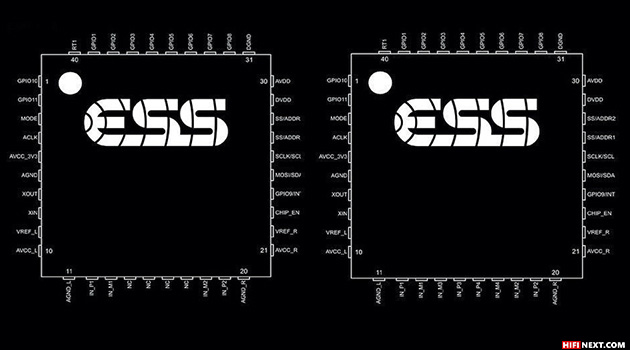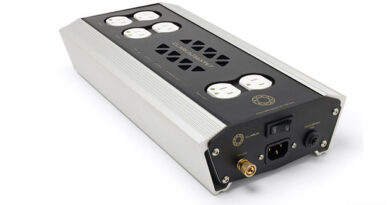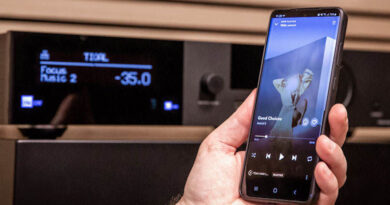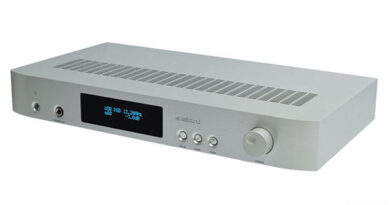ESS announces top-end Saber and Saber Pro ADCs with up to 128dB dynamic range
Californian company ESS has introduced top-end ADCs in the Saber and Saber Pro lines, the main difference of which is wide bandwidth coupled with ultra-low noise level and dynamic range up to 128 dB. According to the company, the new ADCs have up to 10 times the bandwidth of competing devices, resulting in higher resolution at high sample rates.
For this, we should thank the proprietary HyperStream-II technology, known primarily from ESS DACs: the noise level at a 200 kHz bandwidth is flat, and the distortions are reduced by 10 dB compared to competitors’ designs. Also, this modulator made it possible to take out jitter out of the audio range, and therefore it ceased to affect the sound stage.
The series includes a 4-channel ESS ES9842 PRO ADC with a dynamic range of up to 122 dB and a harmonic distortion of 116 dB, as well as a two-channel ES9822 PRO with DNR 125 dB and THD + N 117 dB. In mono mode (when all four channels work in parallel), the ESS ES9842 PRO just provides a dynamic range of 128 dB – the highest on the market at the moment. Two models in the Saber series – 4-channel ES9840 and 2-channel ES9820 – have a dynamic range of 116 dB and a THD of 108 dB.
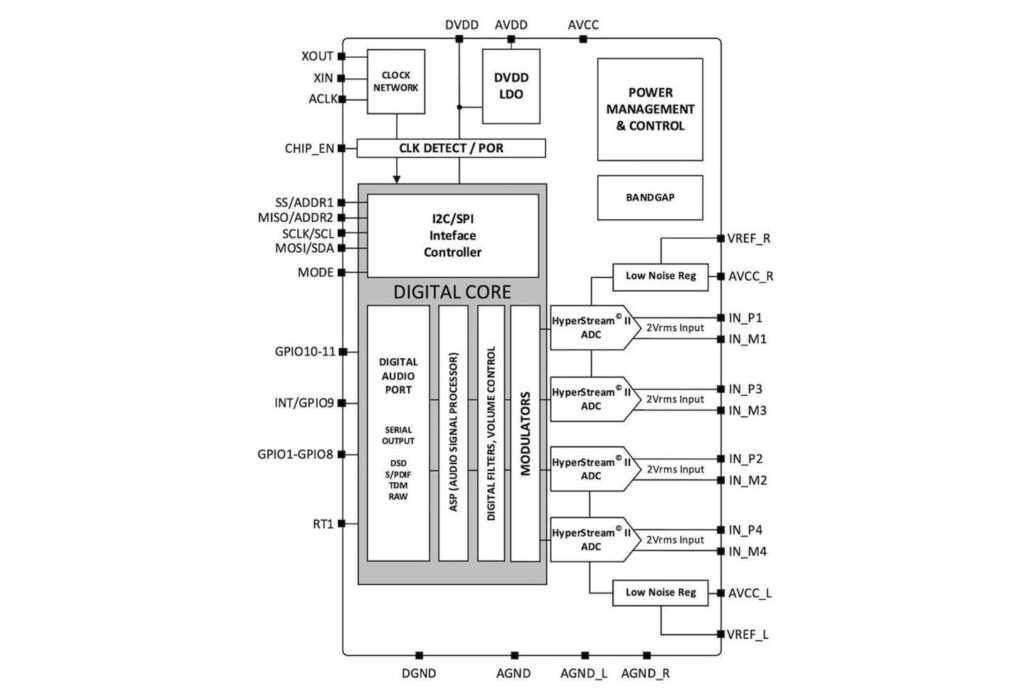
Saber Pro ADCs paired with FPGAs can output up to 24 MHz sampling rates using the optional RAW output or custom PCM serial interfaces. In standard situations, they support PCM up to 768 kHz and DSD512.
New items are designed to work in tandem with ESS DACs – for example, with the ES9038PRO. The company said that this combination will give the most transparent audio signal. The use of carefully tuned and perfectly matched filters is said to provide the most accurate preservation of the audio signal.
Another feature is eight configurable biquadratic filters in the embedded ASP, which can be used as RIAA filters without adding external components. In an ADC, the difference in gain between channels does not exceed 0.5 dB, so no external balancing or trimming is required. The design also includes a digital high-pass filter that eliminates noise and an SPDIF output.
ESS especially noted the low power consumption of the new ADCs – less than 52 mW per channel. All new items are available in 40-pin QFN versions.

